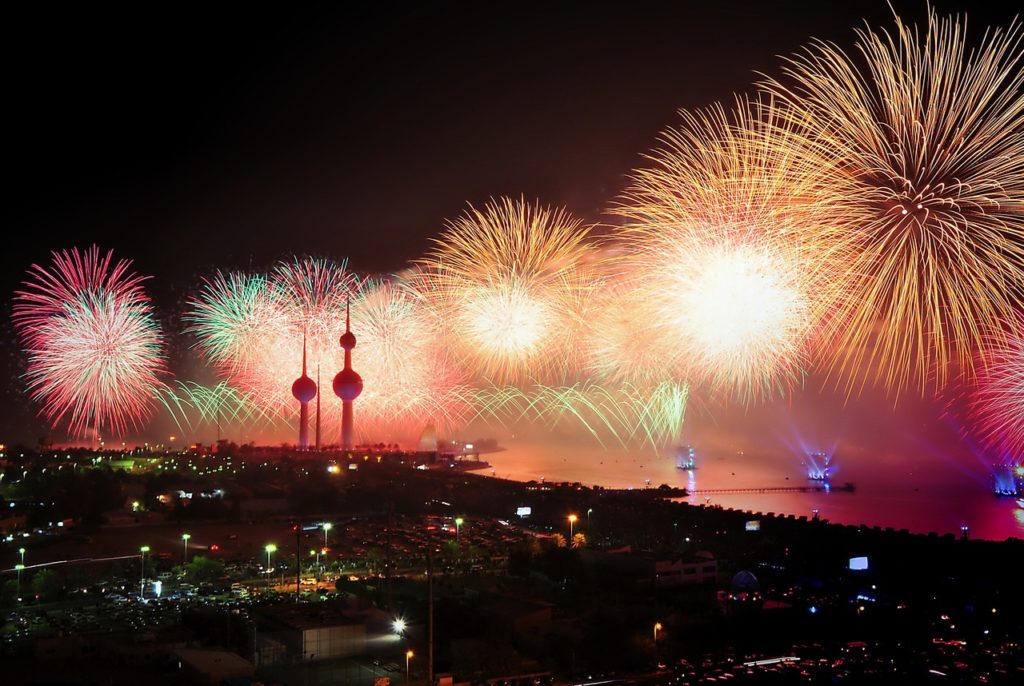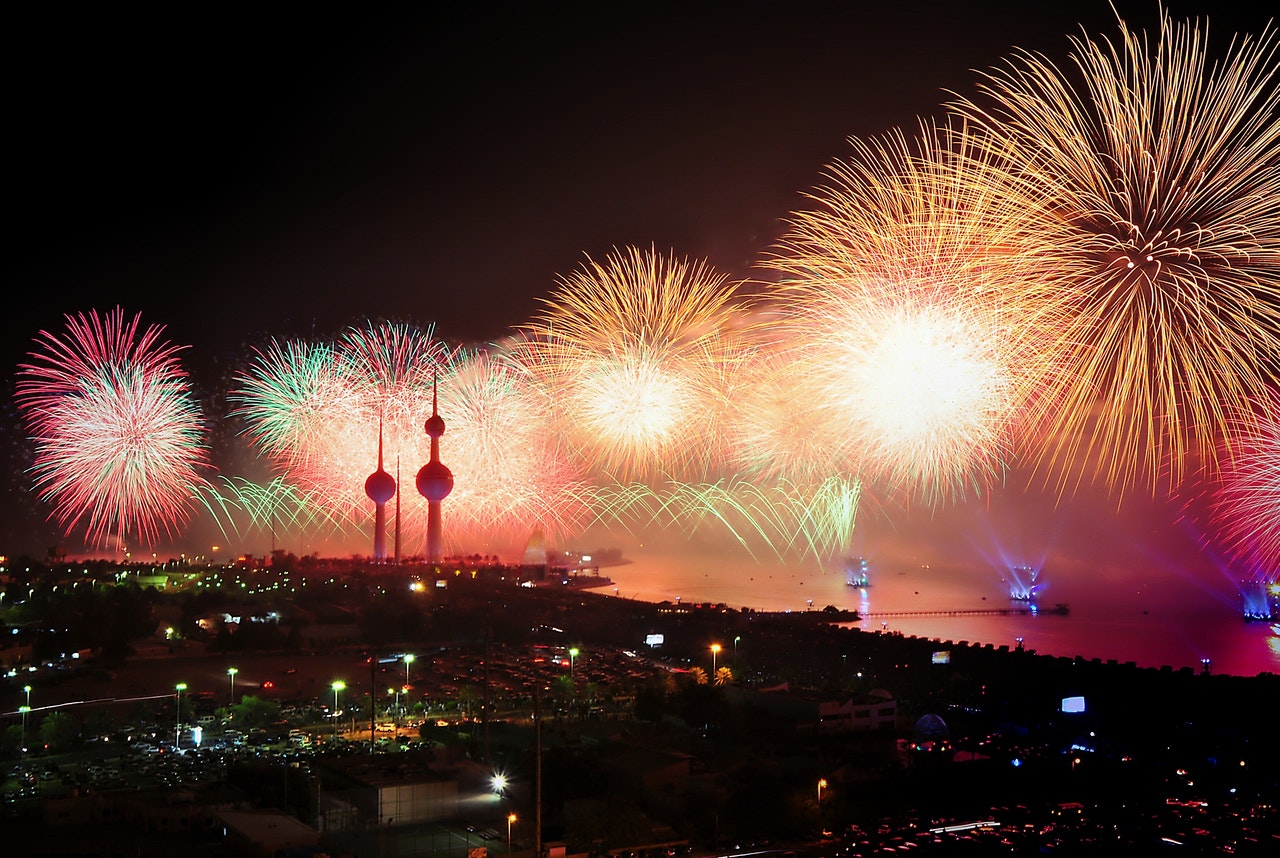
I learned this today. Fireworks that are shot into the sky are made up of a stabilizer, a fuse, a charge, and an effect section.
Fireworks that are launched into the sky were invented in China in about 1200 AD, but explosive fireworks were invented much earlier than that. Gunpowder was invented in about 142 AD in China. Shortly after this, Chinese people would throw packs of gunpowder into fires to make an explosive sound. In about 960 AD, tubes of rolled paper were filled with gunpowder and a fuse. These were tied together, making the first firecrackers.
At this time, the gunpowder that people were using was not strong enough to launch anything. It did not contain enough saltpeter. It was used for its combustibility. By 1200, the amount of saltpeter had been adjusted and the gunpowder was now explosive. It could be used to launch objects. Its first use was in warfare, but it didn’t take long for people to realize that it could be used for fireworks as well. This, coupled with the ability to make different colored smokes using chemicals, gave rise to the first real fireworks.
Modern fireworks are capable of far more effects and height than the earlier ones, but without the original Chinese fireworks we wouldn’t have fireworks today.
All fireworks (rockets) have some type of stabilizer. The most common for home fireworks is a stick attached to the side of the rocket. This allows the rocket to be positioned before it is launched and stabilizes the rocket during flight. Another type of launched firework is a type of missile that rotates for stability. It is launched out of a tube which can be used for direction. There are also round fireworks that are launched from a tube, similar to a mortar.
The fuse is the part that ignites the charge. The fuse is usually slow burning, but its burn length can be calculated. The fuse is called a visco fuse. It has a core of gunpowder that is wrapped in two layers of string. Then it is covered in a nitrocellulose layer. This is a highly flammable substance that sticks the fuse together and keeps it waterproof. The fuse can be lit by hand, but they are usually lit electronically because that can be done from a distance and timed more accurately.
The next part of the firework is the charge. This is what gets the firework into the sky. The charge is usually tightly packed gunpowder. When it ignites, it burns rapidly, producing a lot of gas. This gas has nowhere to go, and the pressure launches the firework into the sky. It is the same principle as with a gun. The charge also lights the fuse for the main firework. The fuse is calculated to light the effect part of the firework after a certain time, to ensure the correct height.
The effect part of the firework is usually a tube, or a ball made of paper. Inside it is gunpowder and stars. The stars are the part that make the beautiful colors you see. They are made of a fuel, an oxidizer, a color producing salt, and a binder. The color producing salt is a chemical that burns with a colored flame. For example, strontium has a red flame, calcium has an orange flame, barium has a green flame, and charcoal has a gold flame. This is the same idea as in a sparkler. The fuel and the oxidizer are used to create a very high heat so that the salt will burn, and the binder is used to hold the whole bundle together.
If different stars are placed in different areas of the firework, you can make multicolored fireworks. If they are placed in shapes, like a diamond, you can make diamond shapes in the sky.
Other components are added to make sparks or whistles. Things like iron filings can be added for sparks. Potassium benzoate mixed with potassium perchlorate makes a whistling sound when it burns, if trapped in a tube that is open at one end.
The firework is launched, the fuse burns down and ignites the gunpowder at the center of the firework. The gunpowder explodes, scattering the stars and other components into the sky and igniting them at the same time. The gunpowder exploding is what makes the large bang we hear. The stars burn with their colored flame and burn away to nothing.
Multibreak fireworks are possible. This is when you attach several shells together and decide the order in which you want them to explode. The fuse ignites the first shell. The ignition of this shell lights the second shell, and so on.
So, fireworks consist of a fuse and a charge to launch them into the sky. This ignites a slow burning fuse which ignites the gunpowder in the shell. The shell is full of gunpowder and stars. The gunpowder ignites the stars which are made of a fuel and a salt that burns in a different color. And this is a firework. And this is what I learned today.
Source
https://en.wikipedia.org/wiki/Visco_fuse
https://en.wikipedia.org/wiki/Visco_fuse
https://en.wikipedia.org/wiki/History_of_gunpowder
https://science.howstuffworks.com/innovation/everyday-innovations/fireworks.htm
https://www.explainthatstuff.com/howfireworkswork.html
https://www.pbs.org/wgbh/nova/fireworks/anat_nf.html
http://www.jes.or.jp/mag/stem/Vol.80/documents/Vol.80,No.4,p.130-135.pdf

